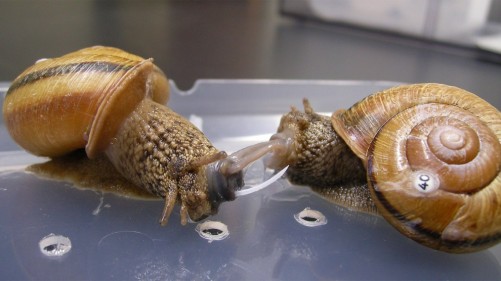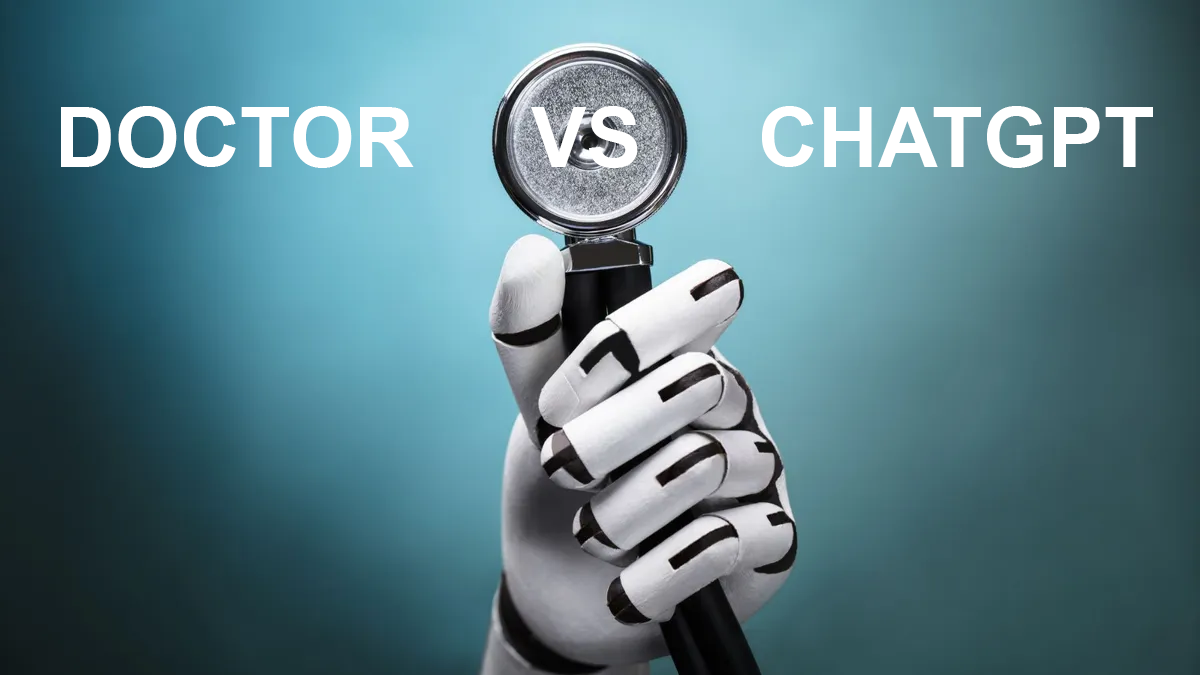In a scientific first, researchers claim to have transferred memories
between sea snails by injecting RNA from a trained sea snail into one
that hasn't been trained - and observing the trained response in the
second snail.
The research wasn't done to create some sort of
mollusc mega-mind, but to help understand the physical basis of memory -
and it could aid in both restoring lost memories, and easing the trauma
of painful ones.
The researchers, led by biologist David
Glanzman of the University of California, Los Angeles, were hoping to
understand something called the engram - a physical trace of memory
storage.
Recent studies have found that long-term memory can be
restored after amnesia with the aid of a priming component. This priming
component is still unknown, but the process seems to involve epigenetic
modification - something RNA is heavily involved in.
And RNA is
also involved in the process of forming long-term memories. This led
Glanzman and his team to the possibility that some aspects of long-term
memory could be transferred via the molecule.
To test their
hypothesis, they trained sea snails. This isn't as difficult as it
sounds - they simply applied a mild, but still unpleasant, electric
shock to the tails of a sea snail called Aplysia californica.
The
researchers administered five electric shocks to the training group of
snails, one every 20 minutes. Then, 24 hours later, the researchers
repeated the process.
When researchers tapped the snails
afterward, those that had received the shock training contracted their
bodies into a defensive posture for an average of around 50 seconds -
but the snails that had not been trained only contracted for about one
second.
For the next step, RNA was extracted from both the
trained and untrained snails. The molecules were then injected into two
groups of untrained snails.
What happened next was amazing. The
untrained snails that had received RNA from the trained group then
responded to taps as though they had been shocked too - contracting
defensively for an average of 40 seconds.
Meanwhile, the
untrained snails who had received RNA from untrained donors did not
exhibit any change in their defensive response.
"It's as though we transferred the memory," Glanzman said.
For
the next stage of the experiment, the researchers extracted motor
neurons and sensory neurons from untrained snails, putting them in petri
dishes either separately or in pairs containing one neuron of each
type.
They then added RNA from trained and untrained snails to these dishes to observe the effect on the neurons.
They
found that adding the RNA of trained snails increased excitability in
the sensory neurons - an effect that is also observed when, during
training, electric shocks are administered to the snails' tails.
And, of course, the RNA of untrained snails didn't have this effect on the sensory neurons.





